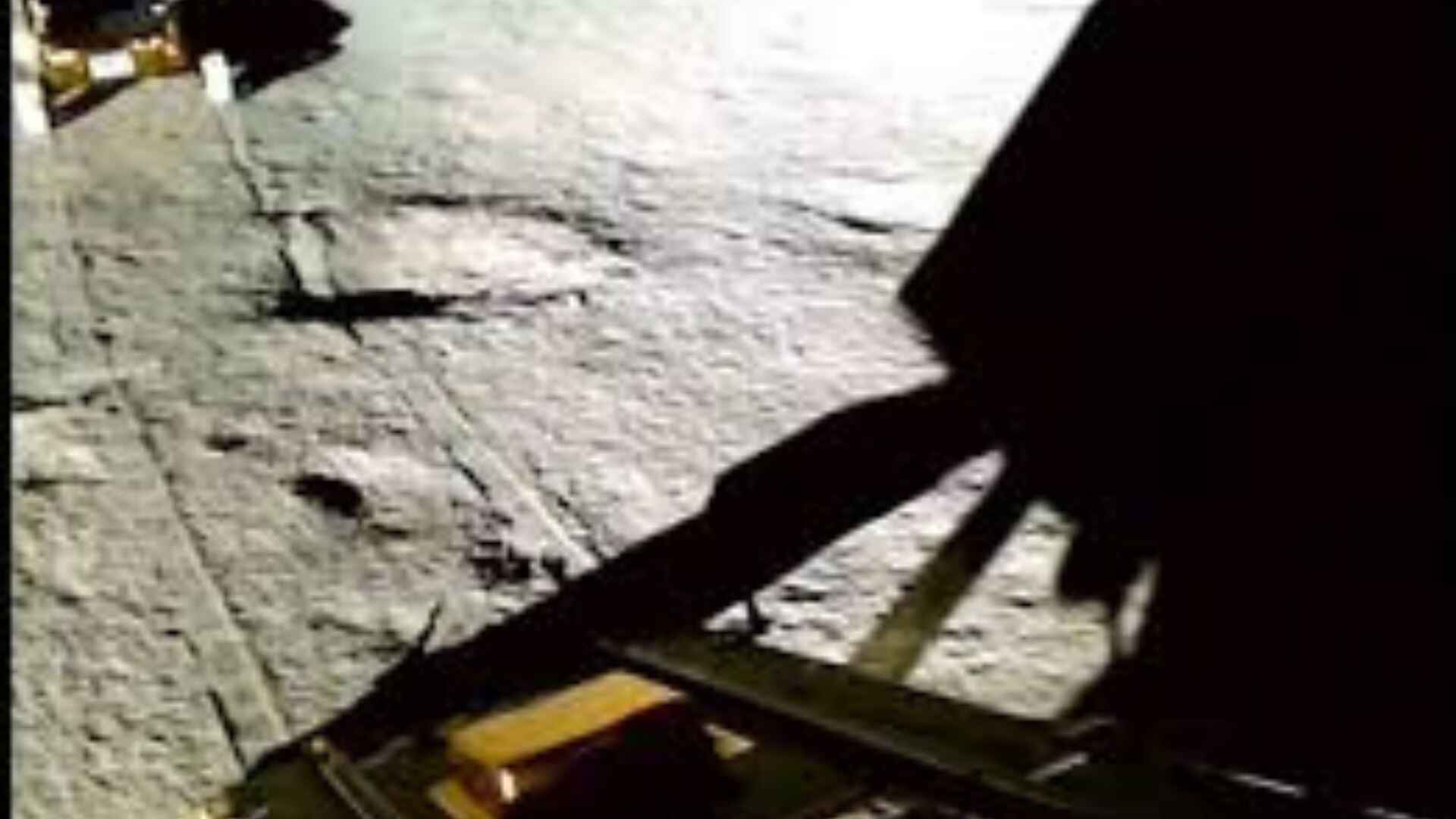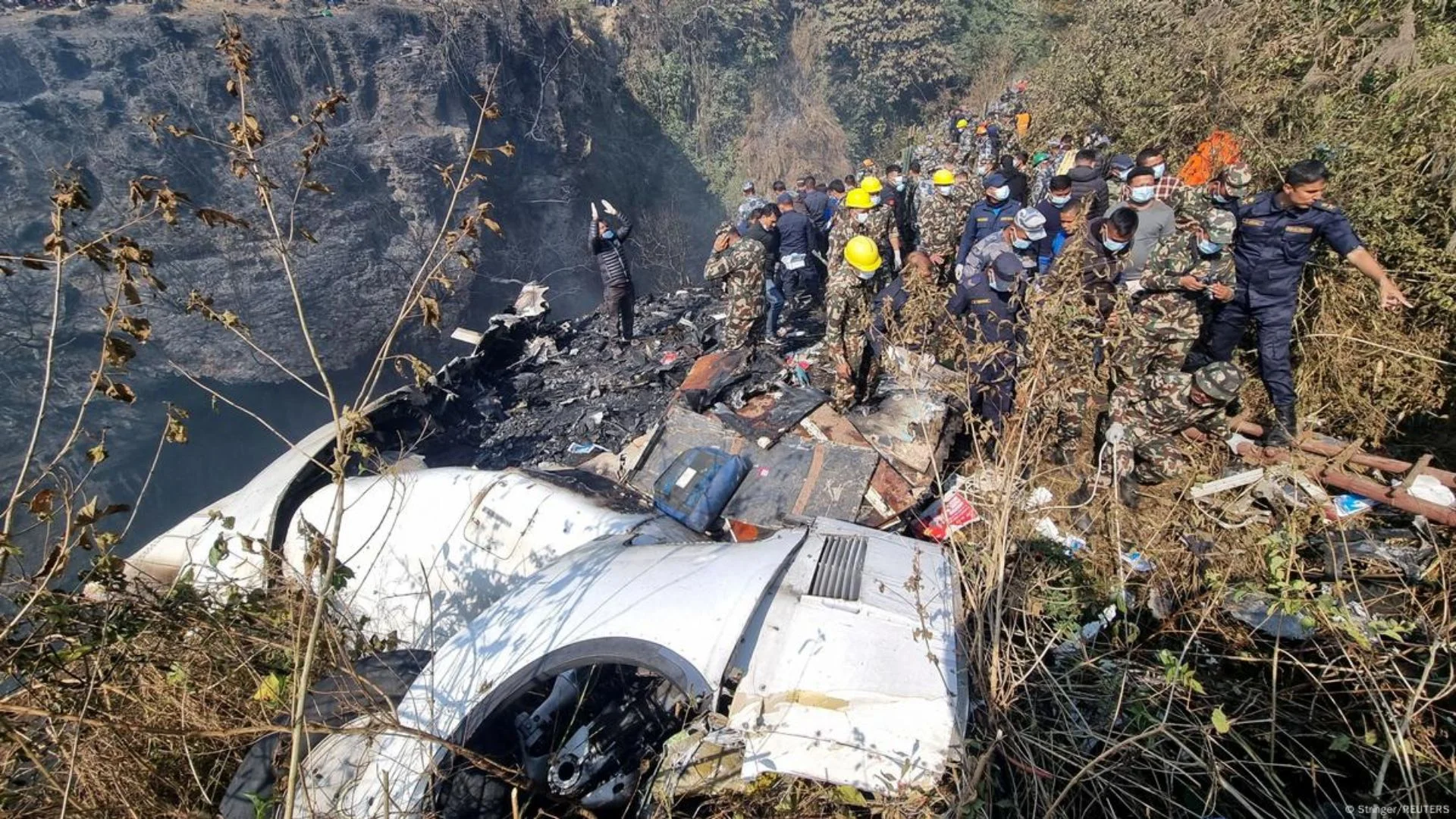India’s Chandrayaan-3 mission has revealed fresh insights into the lunar surface in the Moon’s southern high-latitude region, based on an analysis of data collected by the Pragyan rover during its exploration. The findings provide new understanding about the distribution and origin of rock fragments in the area, representing a significant advancement in lunar geology.
Deployed by the Vikram lander, the Pragyan rover traveled approximately 103 meters across the lunar surface during a single lunar day. Its journey occurred in the Nectarian plains region situated between the Manzinus and Boguslawsky craters, a zone of substantial scientific interest. India has designated the touchdown site of the Chandrayaan-3 Vikram lander as the Shiva Shakti Point.
Due to the regolith overturning mechanism on the Moon, researchers observed that as the Pragyan rover moved approximately 39 meters westward from its landing site, both the quantity and size of rock fragments increased significantly.
They believe that these fragments originated from a nearby crater about 10 meters in diameter located to the west of the landing site, which likely excavated and dispersed the rocks across the surrounding terrain. Over time, these fragments were repeatedly buried and exposed by smaller craters encountered by Pragyan during its exploration. These findings were presented earlier this year at the International Conference on Planets, Exoplanets, and Habitability.
Two rock fragments discovered during the Chandrayaan-3 mission exhibited signs of degradation, indicating they have undergone space weathering.
This finding offers valuable insights into how lunar surface materials evolve over time. It aligns with previous research suggesting a gradual coarsening of rock fragments within the lunar regolith.
The data gathered by Chandrayaan-3 enhances our understanding of the Moon’s geological processes and surface composition.
Experts highlighted the significance of Pragyan rover’s successful collection of detailed information through in-situ exploration, underscoring its role in advancing lunar science.
As global space agencies plan future missions to the Moon, the knowledge gained from Chandrayaan-3 will inform strategies for further exploration and potential utilization of lunar resources.







